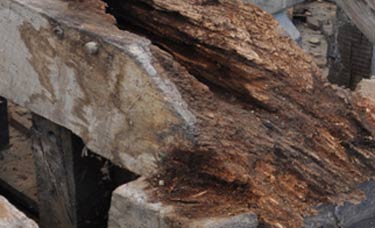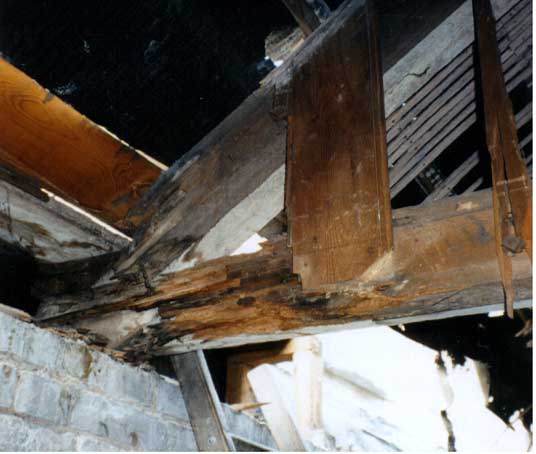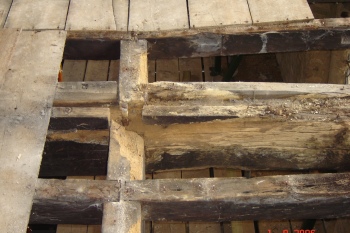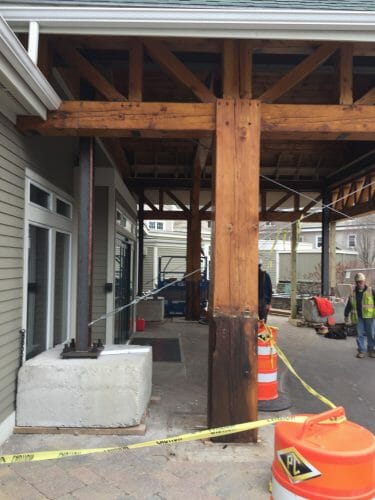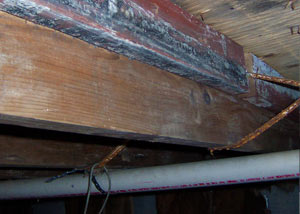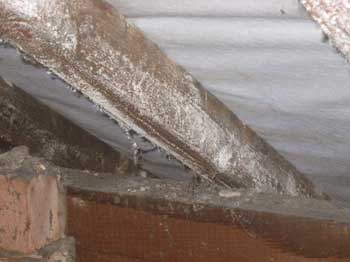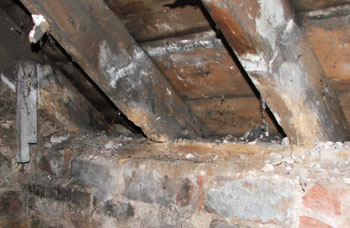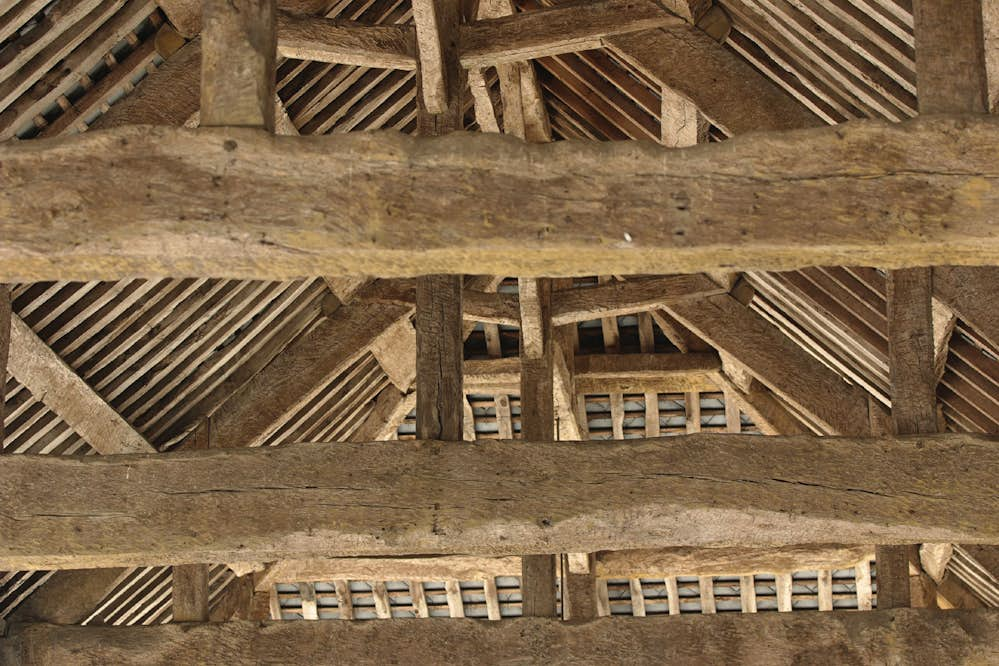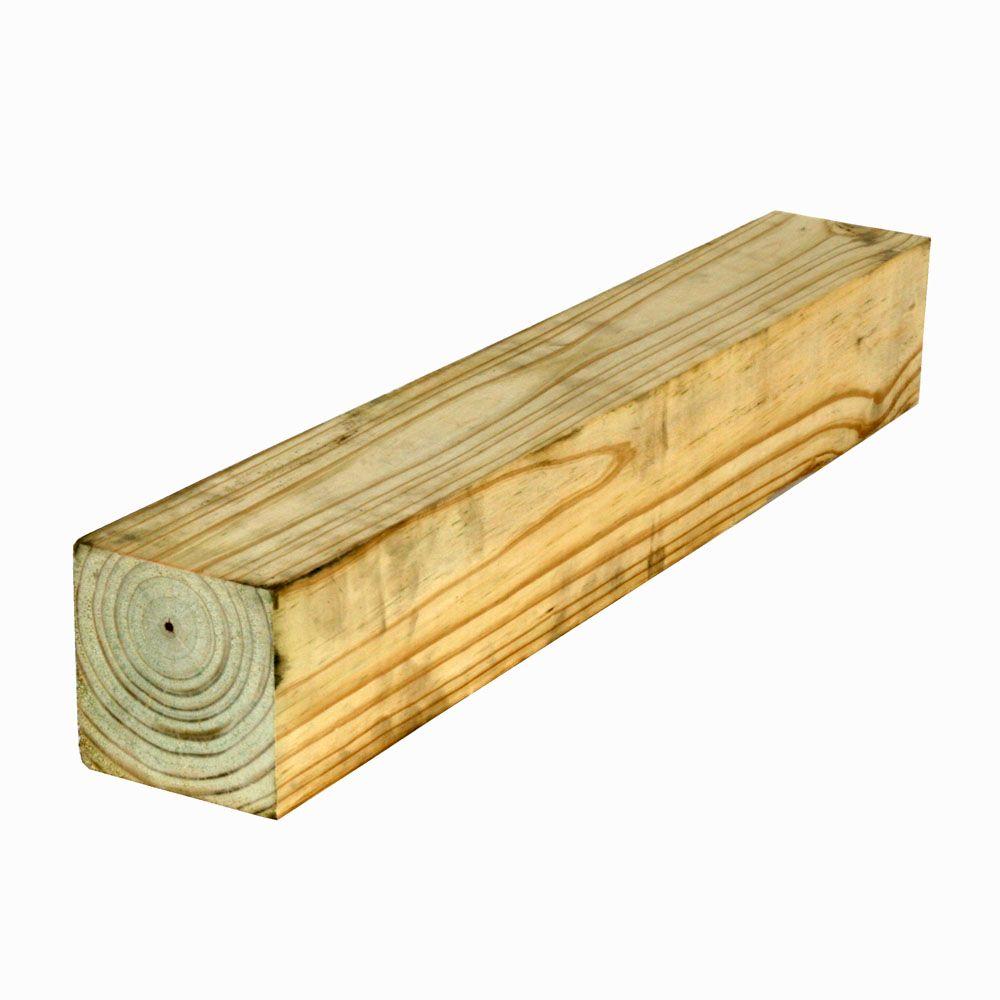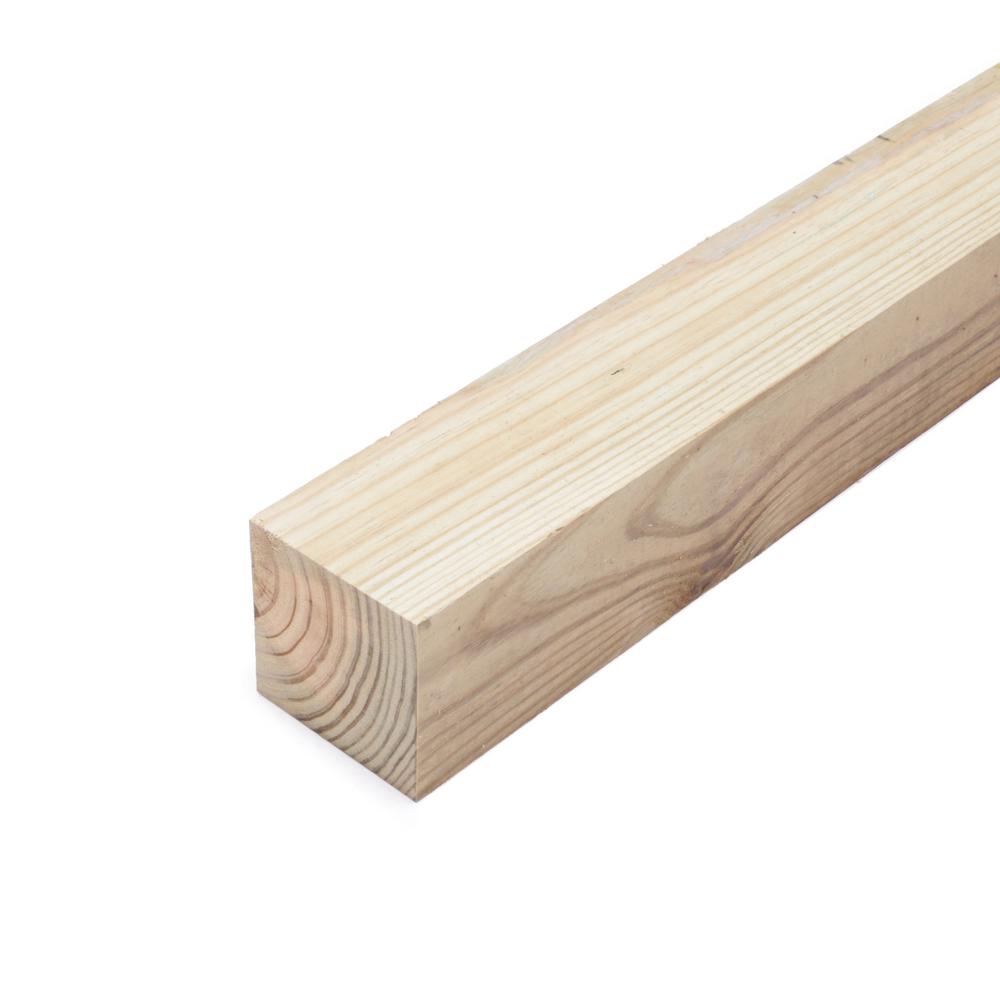Not being able to correct the moisture problem as mentioned earlier before performing any diy treatment the primary step is to remove the source of water causing the damp.
Treating rotted roof timbers.
The wood should come away quite easily without much force.
Dip a small 2 in 5 1 cm paintbrush into the container of liquid borate.
However this approach is expensive and unnecessary.
You cannot magically replace damaged timber but if the rot has not structurally damaged the timber item then digging out the soft material treating it filling up the craters left behind and painting it so that water cannot raise the moisture content again will do a lot to slow it down or stop it.
Fixing decayed rotted wood using an epoxy penetrant and filler.
How to repair roof trusses.
Apply a borate wood preservative to permanently prevent dry rot.
While only capping the beam ends might improve their appearance it usually allows existing dry rot to get worse.
You can treat the wood with an antifungal solution like the ones mentioned above before using it as a replacement to the dry rotted wood.
Why not just use beam caps to fix rotted roof beams.
Treating carrier beams and wall plates boron is an excellent treatment for damp timber.
For this example we will be demonstrating a brief step by step guide on how to repair a wooden roof joist using timber materials.
However in most cases you can stop wet rot by treating the timber with a fungicide.
If you re concerned that timber may get infected with dry rot in the future your best bet is to coat the exposed ends of the wood with a liquid borate preservative.
The properties of boron will kill all wood boring insects as well as killing and preventing further growth of all fungicidal spores which are the causes of wet and dry rot.
Step 1 remove any visible rotten wood with a chisel.
It can be applied as a paste and inserted into 10mm holes drilled in the timber.
Usually the fungicide comes as a concentrate and will need to be diluted.
The treatment of wet rot involves applying a fungicide during the drying out period.
When you come across rotted wood in your old house projects instead of replacing the damaged wood you also can repair it with specialty epoxy penetrants also called consolidants and fillers to make repairs.
This is particularly the case with rot that continues to get damp with rainwater.
Treating dry rot can involve removal of the affected timber including all timber for a metre beyond the visible signs of the fungus and extensive chemical fungicide treatments for all adjacent timber and the brickwork of any contaminated walls and plaster.
Older roof timbers were connected with mortise and tenon joints plus wooden pegs.


